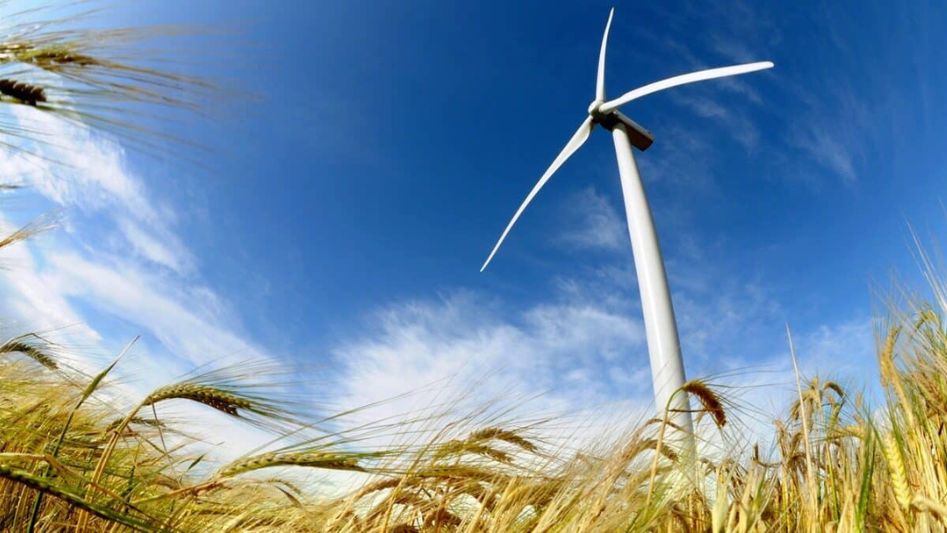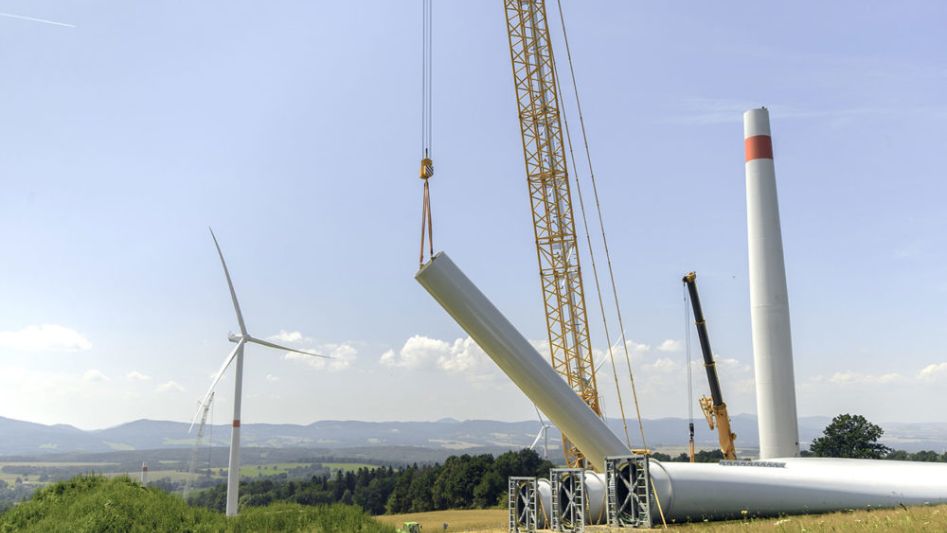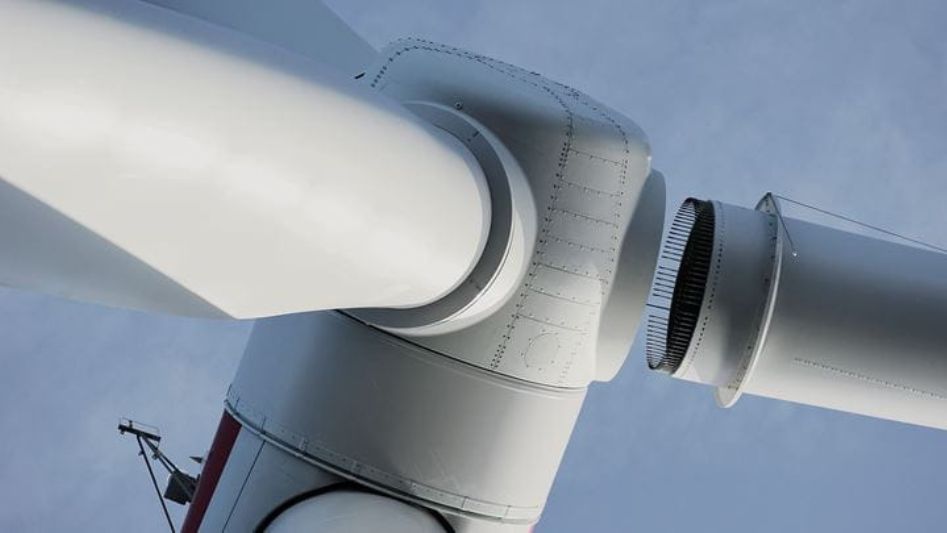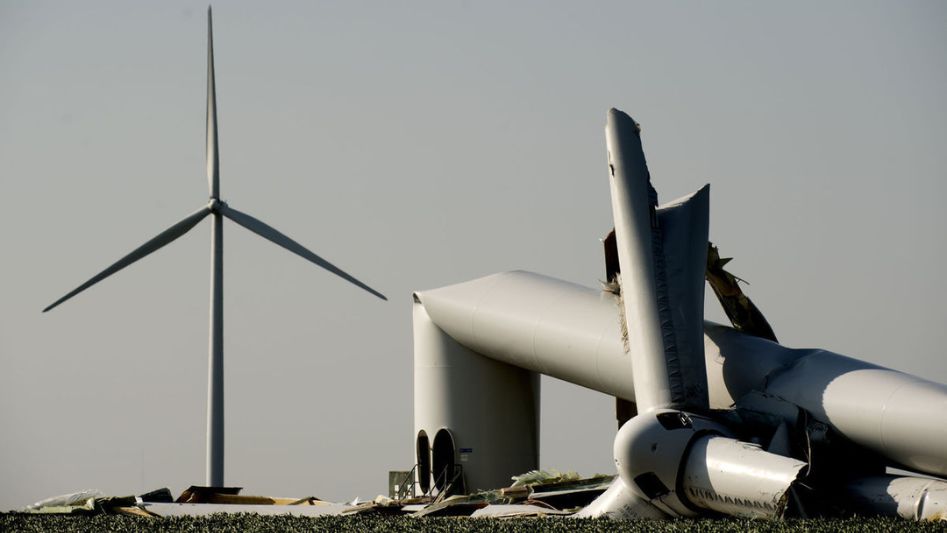In the pursuit of a sustainable and eco-friendly future, the world has been increasingly turning towards renewable energy sources. Among these, wind energy has emerged as a leading force in the green movement, harnessing the power of nature to generate electricity while reducing greenhouse gas emissions and mitigating climate change. This article explores the significance of wind energy and its role in fostering sustainability.
Table Of Content
We invite you to read: “Sailing Towards a Greener Future: The Winds of Change in Energy”

1. The Rise of Wind Energy
Over the past few decades, wind energy has experienced a remarkable rise in popularity as a viable alternative to fossil fuels. Technological advancements, government incentives, and public awareness of climate change have all contributed to the growing importance of wind power. Today, wind energy stands as one of the fastest-growing sources of electricity generation worldwide.
2. Harnessing the Power of Nature
At its core, wind energy involves converting the kinetic energy of wind into electrical power. This process takes place through wind turbines, which consist of large blades connected to a rotor. As the wind blows, it causes the blades to rotate, driving the rotor, and subsequently generating electricity through a generator. The power generated is then transmitted to the grid, providing clean and renewable energy to homes, businesses, and industries.
3. Advantages of Wind Energy
- Reduced Greenhouse Gas Emissions: Wind energy is a carbon-free energy source, meaning it produces no greenhouse gas emissions during electricity generation. By transitioning from fossil fuels to wind energy, we can significantly reduce our carbon footprint and combat climate change.
- Renewable and Abundant: Wind energy relies on a never-ending natural resource – wind. As long as the sun shines and the Earth rotates, we can harness wind energy, making it an abundant and sustainable source of power.
- Energy Independence and Security: By diversifying our energy sources and reducing dependence on fossil fuels, countries can achieve greater energy security and independence. Wind energy plays a vital role in this energy diversification process.
- Low Operating Costs: While the initial setup costs for wind farms can be substantial, wind energy’s operational costs are relatively low. Once the infrastructure is in place, wind turbines have a long operational life with minimal maintenance requirements.
4. Challenges and Solutions
While wind energy has numerous advantages, it also faces some challenges that need to be addressed for its continued growth:
- Intermittency: Wind energy is intermittent, meaning it depends on the availability of wind. To ensure a stable power supply, innovative energy storage solutions and smart grid technologies are being developed.
- Land Use Concerns: Wind farms require significant land areas, which can sometimes lead to conflicts with other land uses like agriculture or conservation. Proper planning and community engagement can help address these concerns.
We invite you to read: “From Sunlight to Wind: The Green Energy Duo – Solar Panels and Wind Turbines”

5. Wind Energy and Economic Growth
Embracing wind energy not only benefits the environment but also fosters economic growth. The renewable energy sector, including wind, creates job opportunities, stimulates innovation, and attracts investments. Furthermore, wind farms can provide additional income for landowners who lease their land for turbine installations.
6. Offshore Wind Energy
In recent years, offshore wind energy has gained traction as a promising frontier for renewable energy. Offshore wind farms have the advantage of stronger and more consistent winds, as well as the ability to be located closer to densely populated areas. However, they present unique engineering and logistical challenges that require careful planning and technological advancements.
7. Global Impact and Future Outlook
Wind energy has a global impact, with countries all around the world incorporating wind power into their energy mix. As technology improves and costs continue to decrease, wind energy is becoming more competitive with conventional energy sources. In the future, it is expected that wind energy will play an even more significant role in achieving sustainability and combating climate change.
We invite you to read: “A Green Alliance: Carbon Neutrality’s Co-benefits for Solar and Wind Energy”

Conclusion
Wind energy stands at the forefront of the green movement, offering a clean, renewable, and abundant source of electricity. With its advantages of reducing greenhouse gas emissions, enhancing energy security, and stimulating economic growth, wind energy has the potential to revolutionize the way we power our world. By investing in wind energy and continuing to support research and development, we can pave the way towards a more sustainable and environmentally friendly future for generations to come.
FAQs
How does wind energy help the environment?
Wind energy is eco-friendly as it produces no greenhouse gas emissions during operation. By replacing fossil fuels with wind power, we can reduce our carbon footprint and combat climate change.
What challenges does wind energy face?
Intermittency and land use concerns are challenges wind energy faces. To overcome intermittency, energy storage and smart grid solutions are being developed, while proper planning can address land use conflicts.
How does wind energy contribute to economic growth?
The wind energy sector creates job opportunities, drives innovation, attracts investments, and provides income for landowners leasing their land for wind turbines.
What is offshore wind energy?
Offshore wind energy involves constructing wind farms in marine environments, capitalizing on stronger and more consistent winds, and positioning them closer to populated areas for power supply.
You May Also Like
- Comparing Offshore and Onshore Wind: Which is the Future of Renewable Energy?
- Wind Power and the Environment: A Marriage for a Sustainable Future
- From Wind to Watts: Understanding the Science Behind Wind Turbines
- Blowing Away Myths: Debunking Common Misconceptions about Wind Turbines
- Winds of Change: How Wind Power is Transforming the Energy Landscape

